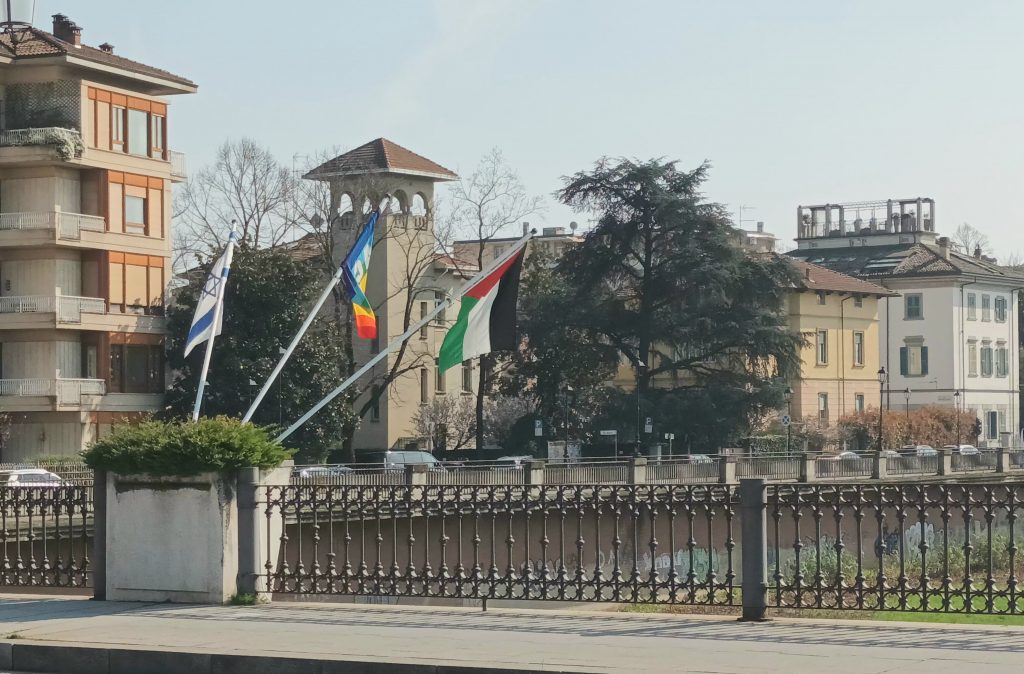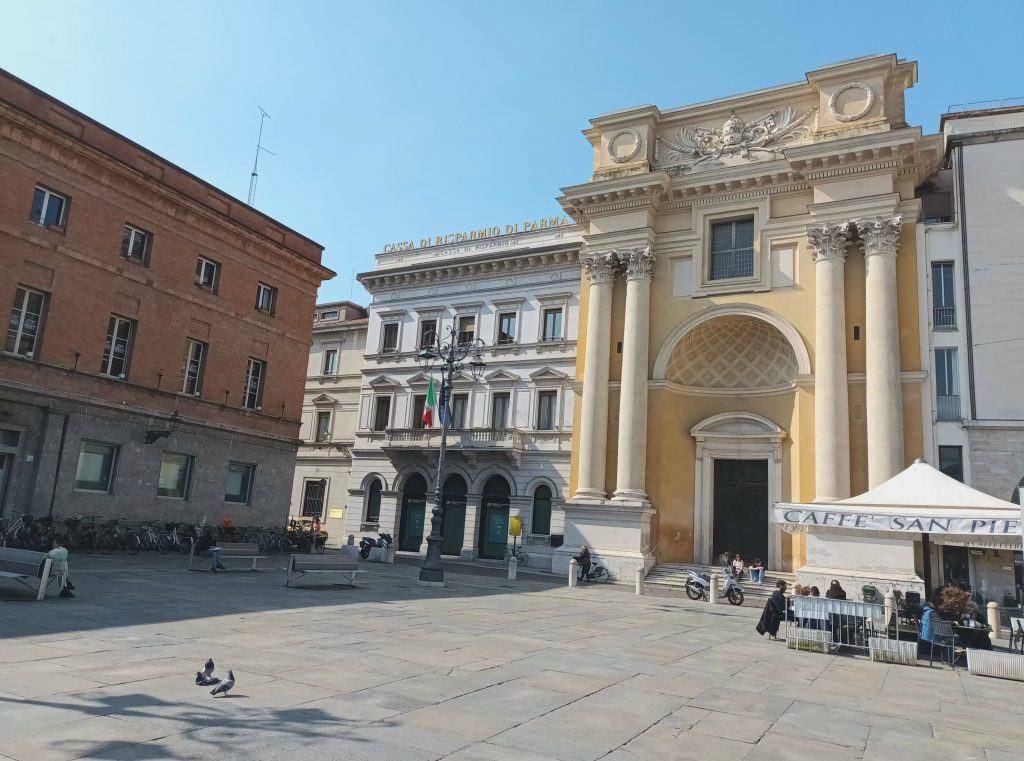
A famous inspiration for Stendhal, Parma is a city with a wealth of cultural institutions: museums, theatres and concert halls. It was also the regional birthplace of Verdi, who is celebrated here every year at a festival. And, of course, Parma is also famous for all the culinary specialities that go with its name.
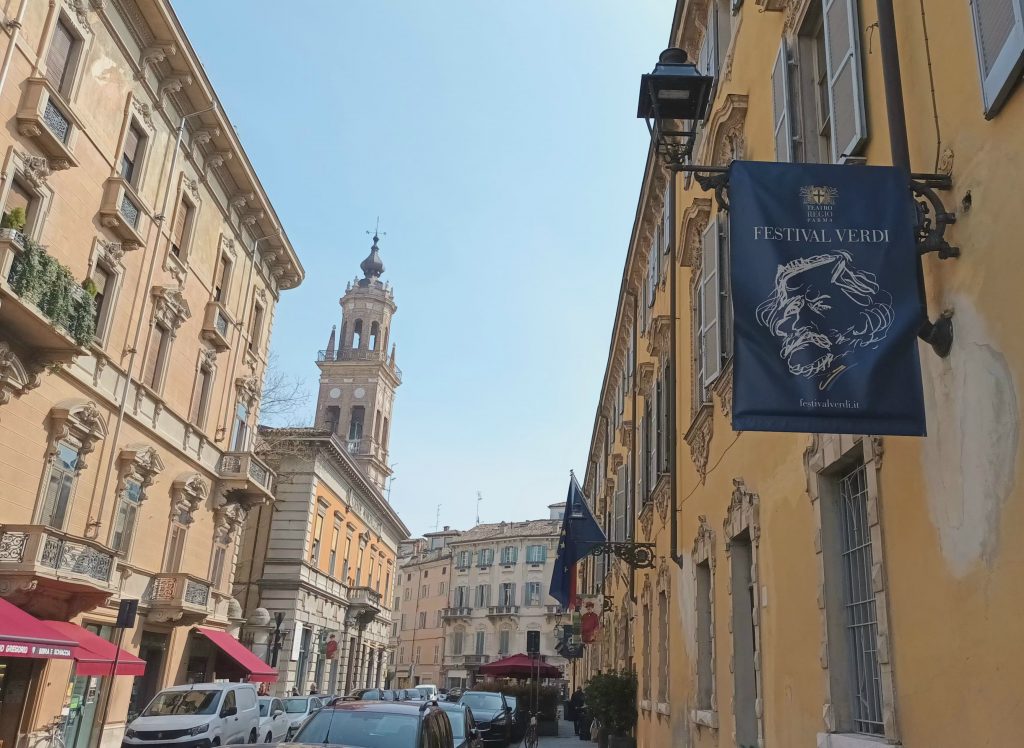
History of Parma’s Jews
The Jewish presence in Parma probably dates back to the 14th century. They played a major economic role in the region, protected by the Visconti and Sforza families. A synagogue was built in 1448. However, the city witnessed a rise in anti-Semitism during this century, leading to their expulsion from Parma in 1504.
It was not until the Napoleonic conquests of the region that the Jews were able to resettle in Parma. As a sign of this access to the same rights as Italian citizens, a synagogue was built in Parma in 1866. The Jewish cemetery has been in use since the 19th century.
Visiting Parma
Coming from the train station down the Strada Giuseppe Garibaldi, you will see the Piazza della Pace on the right, which you will return to a little later. Turn left onto Via Macedonio Melloni, home to a number of small museums, including one dedicated to the Resistance and the very interesting Puppet Museum, which tells the story of the evolution of this art form in Italy, with its reference characters for each town and village.
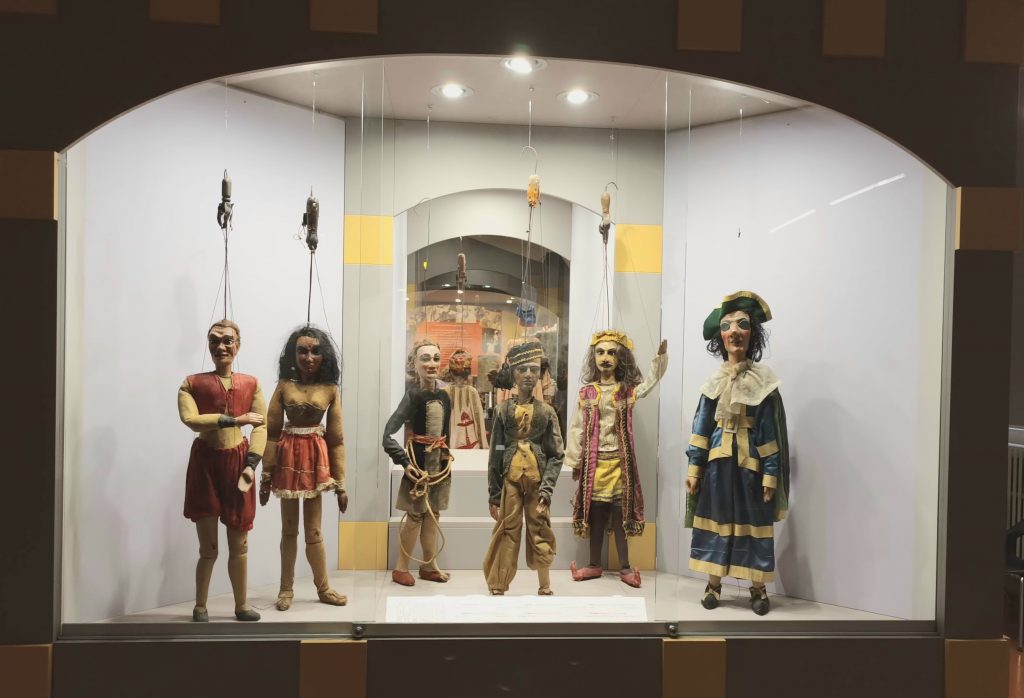
Then, over the centuries, the number of characters was reduced to a handful of celebrities made of wood and fabric, loved by children all over Italy and far beyond thanks to the advent of television. The museum displays how great artists such as Chaplin and Josephine Baker worked with puppets on stage.
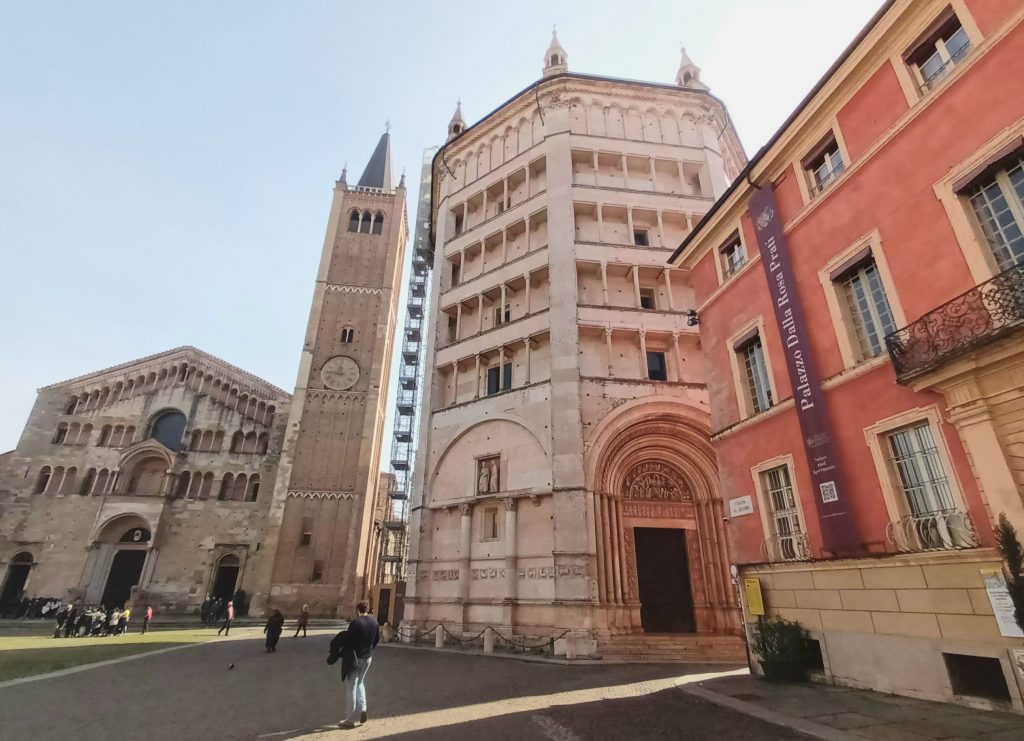
A 100-metre turn to the left brings you to the impressive Piazza del Duomo, where the Museo Diocesano, Palazzo Vescovile, Palazzo Dalla Rosa Prati, the octagonal baptistery and Parma’s beautiful cathedral stand side by side.
The cathedral features a mural depicting God and the famous Hebrew tetragrammaton “Yahweh”.
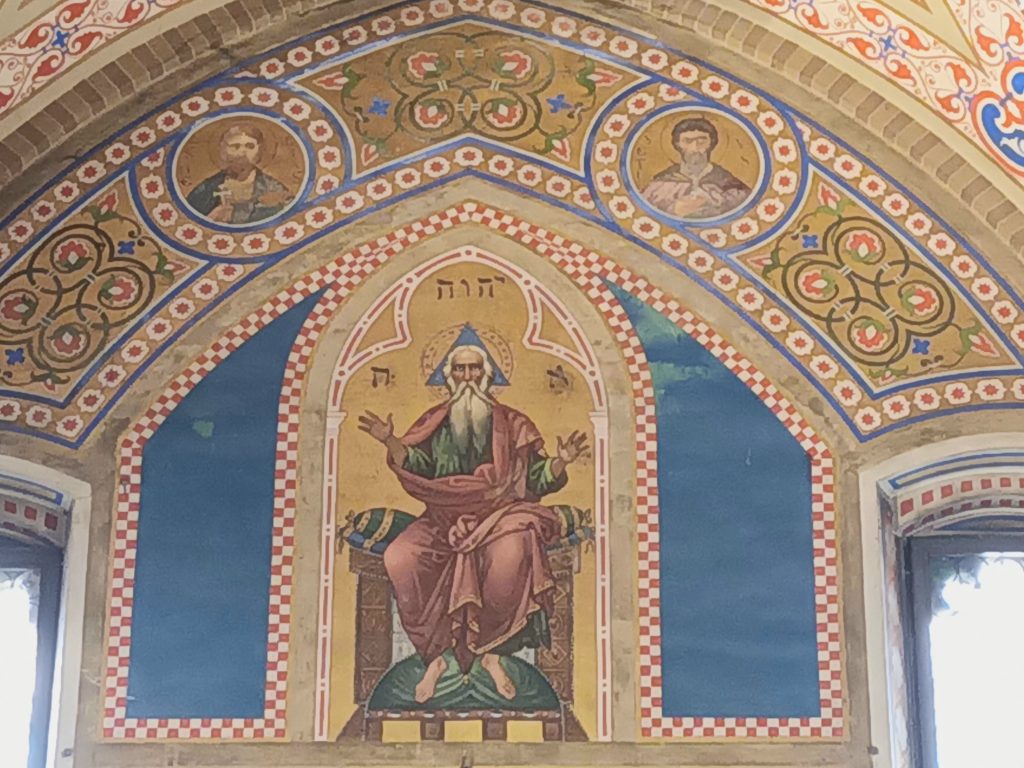
Take Via XX Marzo from the cathedral and cross the Strada della Repubblica, a busy shopping street, before turning into Piazzale Cervi and arriving at the synagogue.
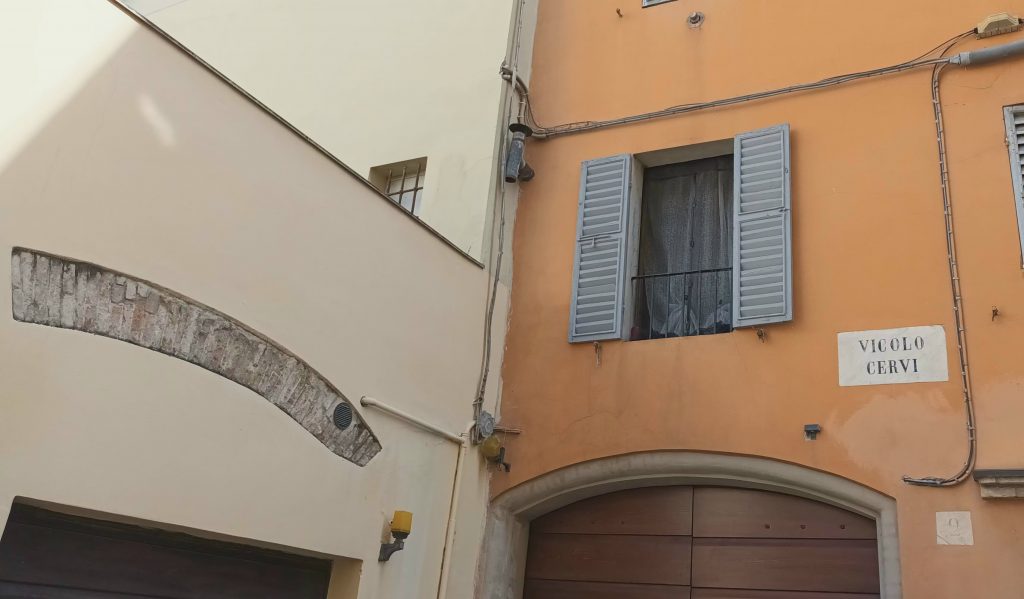
The synagogue was inaugurated in 1866, celebrating the return of the community after an absence of two centuries. During the Second World War, the synagogue’s artefacts were hidden in the Palatina Library . Some were returned to the synagogue after the war, while others went to the Fausto Levi Museum in Soragna.
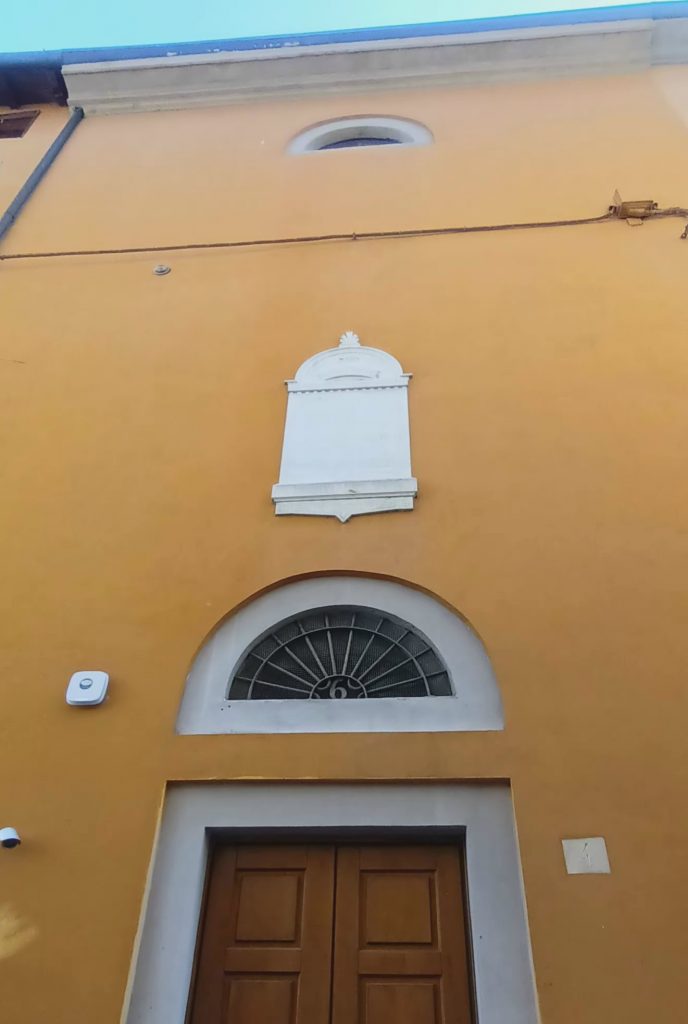
Next to the synagogue are a number of small, discreet streets with cafés where locals and tourists alike enjoy typical dishes, including meats and cheeses bearing the town’s name.
Then head up the left-hand side of the Strada della Repubblica, with its pretty Piazza Garibaldi covered in palace entrances and the Palazzo del Governatore, a historic venue for modern art exhibitions.
We cross Piazza della Steccata, returning to the Strada Garibaldi from the start of our visit, towards the church of Sant’Alessandro and the Basilica of Santa Maria della Steccata. Immediately afterwards, we arrive at the magnificent Reggio Theatre and behind the Piazza della Pace. There are two impressive sculptures in Piazza della Pace. The first pays homage to the Partisans, while the second celebrates Giuseppe Verdi and the various musical practices.

The imposing Palazzo della Pilotta, behind the sculptures, is home to a number of important cultural attractions, including galleries, theatres and museums, including the Palatina Library, which houses some very ancient Hebrew manuscripts. A single ticket gives you access to the library and the other areas of the building.
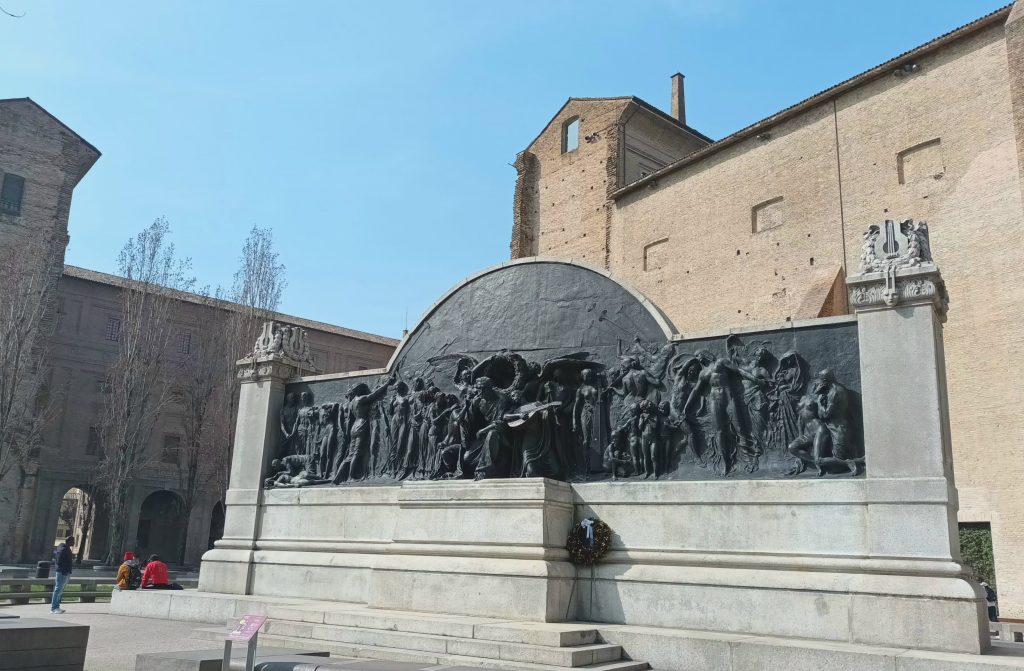
On leaving the building, cross the River Parma over the Verdi Bridge to reach the Parco Ducale, the green lung of the city centre, where you can wave goodbye to the Palazzo Ducale on the right and enjoy the walk to the Fontana del Trianon.
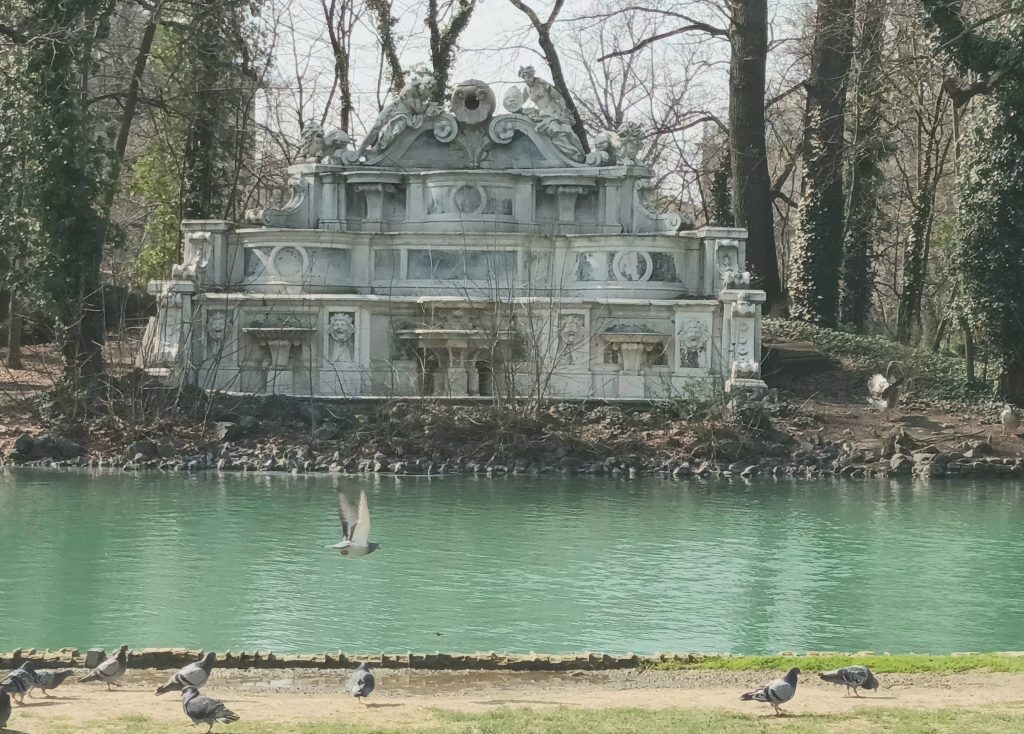
Then turn right again to reach the Bridge of Nations, with its many flags, on which, in 2024, the Israeli, Palestinian and peace flags will stand side by side. A touch of hope before returning to the station.
